Like jewel-box museums in miniature, these volumes archive fashion’s most exquisite moments - stitched not in silk, but in paper, ink, and imagination
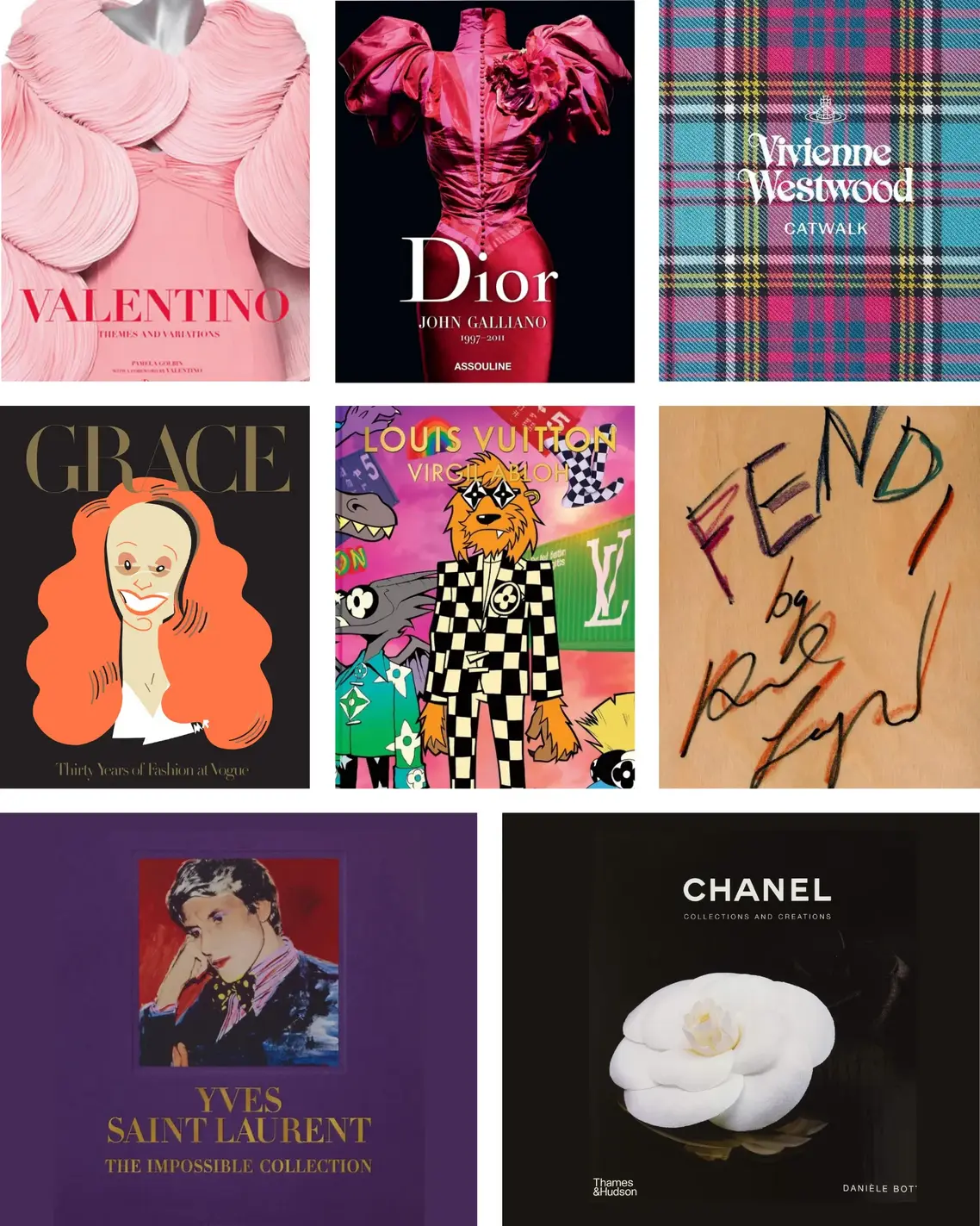
Like jewel-box museums in miniature, these volumes archive fashion’s most exquisite moments - stitched not in silk, but in paper, ink, and imagination
October 2, 2025
A fashion coffee table book is not just for show. The best of them go beyond glossy décor and become cultural documents - part art object, part academic record. They tell the story of a designer’s obsessions and triumphs, and sometimes their flops too. PAVE Magazine selects ten essential tomes that matter - from Galliano’s theatre at Dior to Abloh’s revolution at Louis Vuitton - books that do more than just sit prettily under a vase of peonies.
This is Dior with the volume turned up - drama, danger, and devastating beauty. Dior by John Galliano is packed with over 400 images that capture couture at its most operatic. Galliano’s silhouettes, cinched and sculpted within an inch of their lives, are shot by masters like Steven Meisel and Irving Penn. This is not a quiet book; it is a visual aria that reminds you Galliano could make even a simple jacket feel like a plot twist.
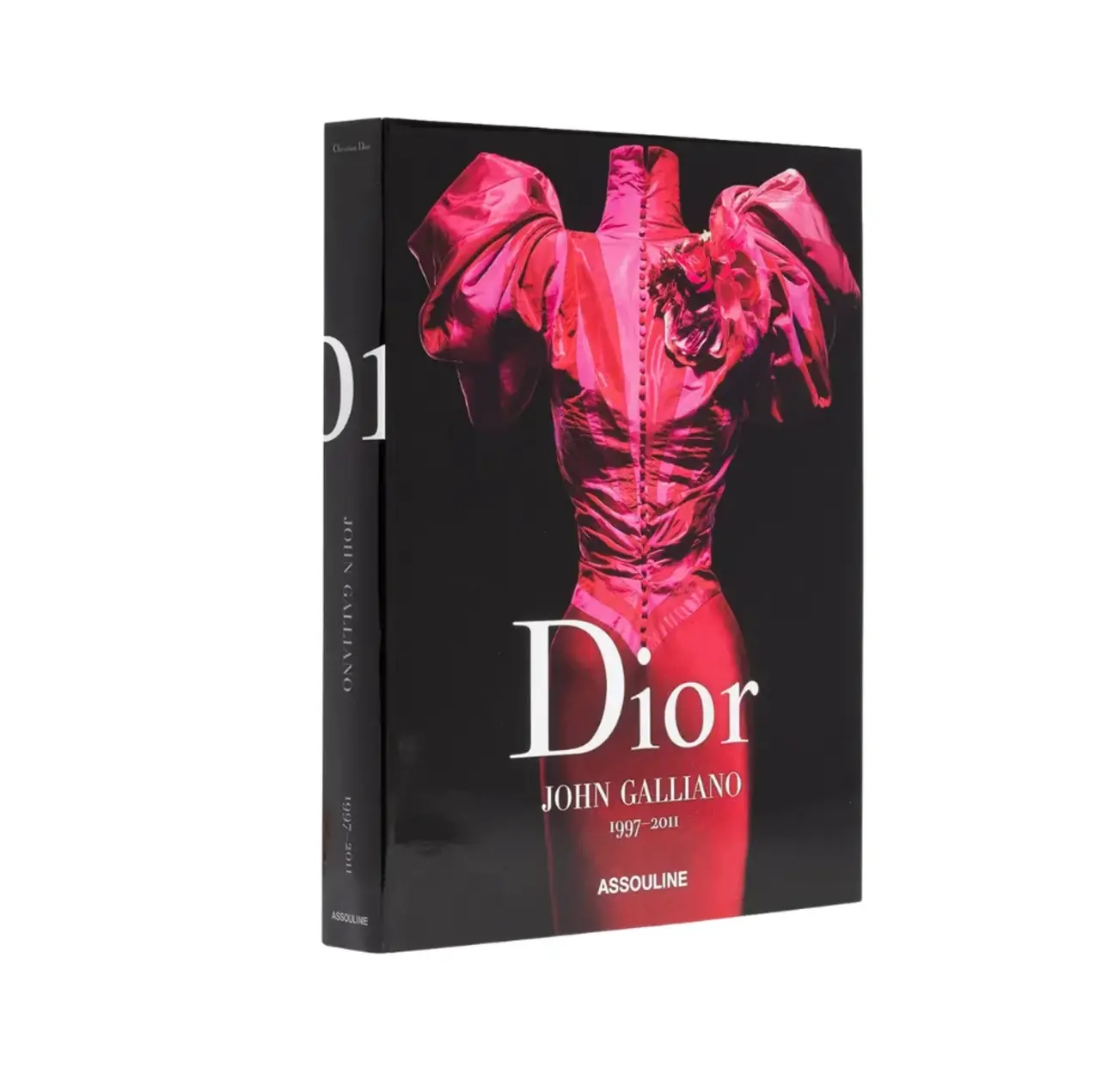
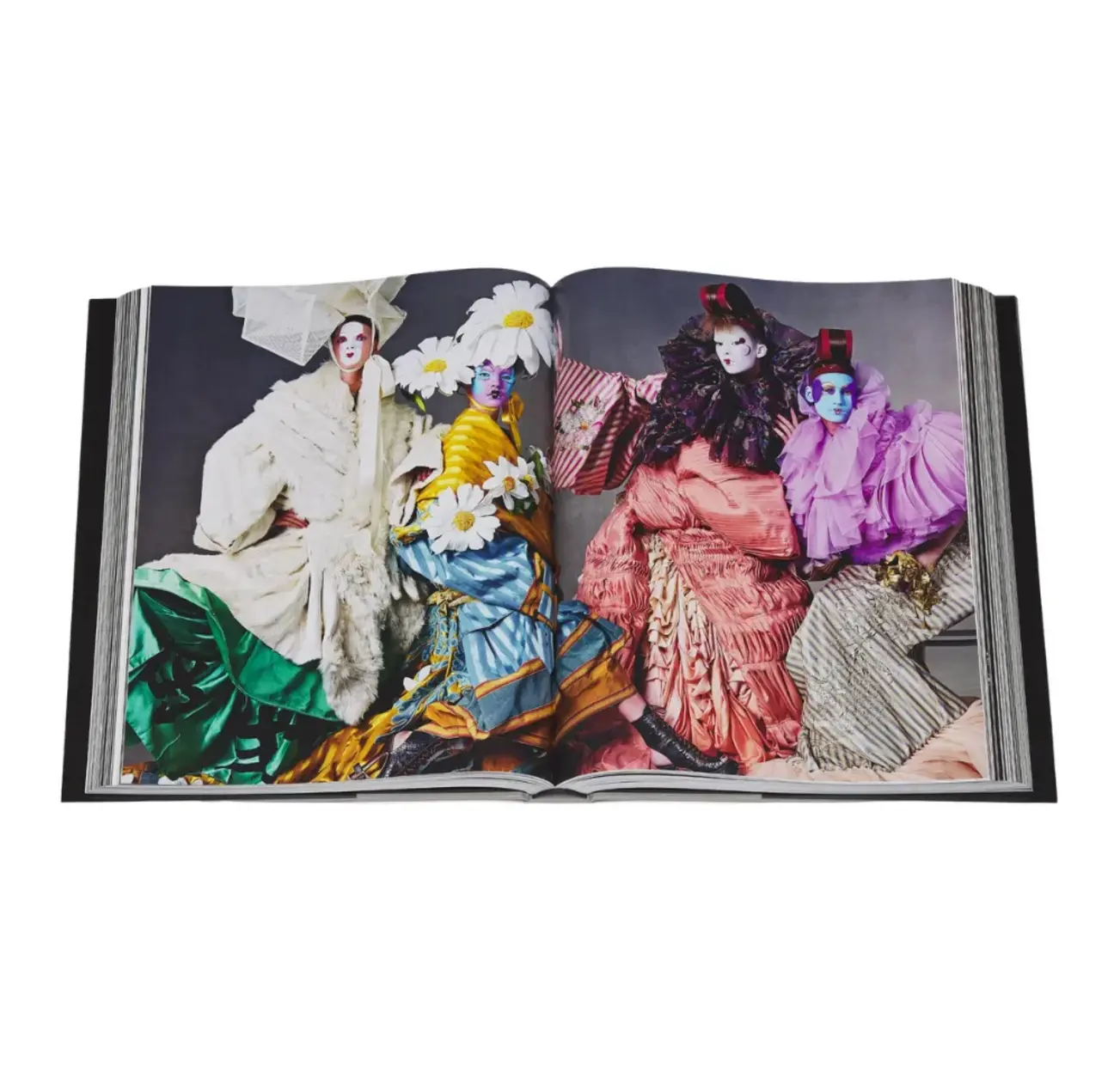
Some books are souvenirs; this one is a milestone. Louis Vuitton: Virgil Abloh, written by Anders Christian Madsen, records the seismic shift that came when Abloh - the first Black Men’s Artistic Director of the house - brought street culture into Vuitton’s gilded salons. Eight themed chapters and 320 images map his hybrid vision of sneakers, tailoring, and poetry. Purists may grumble, but this is history - and the book makes its case with clarity and style.

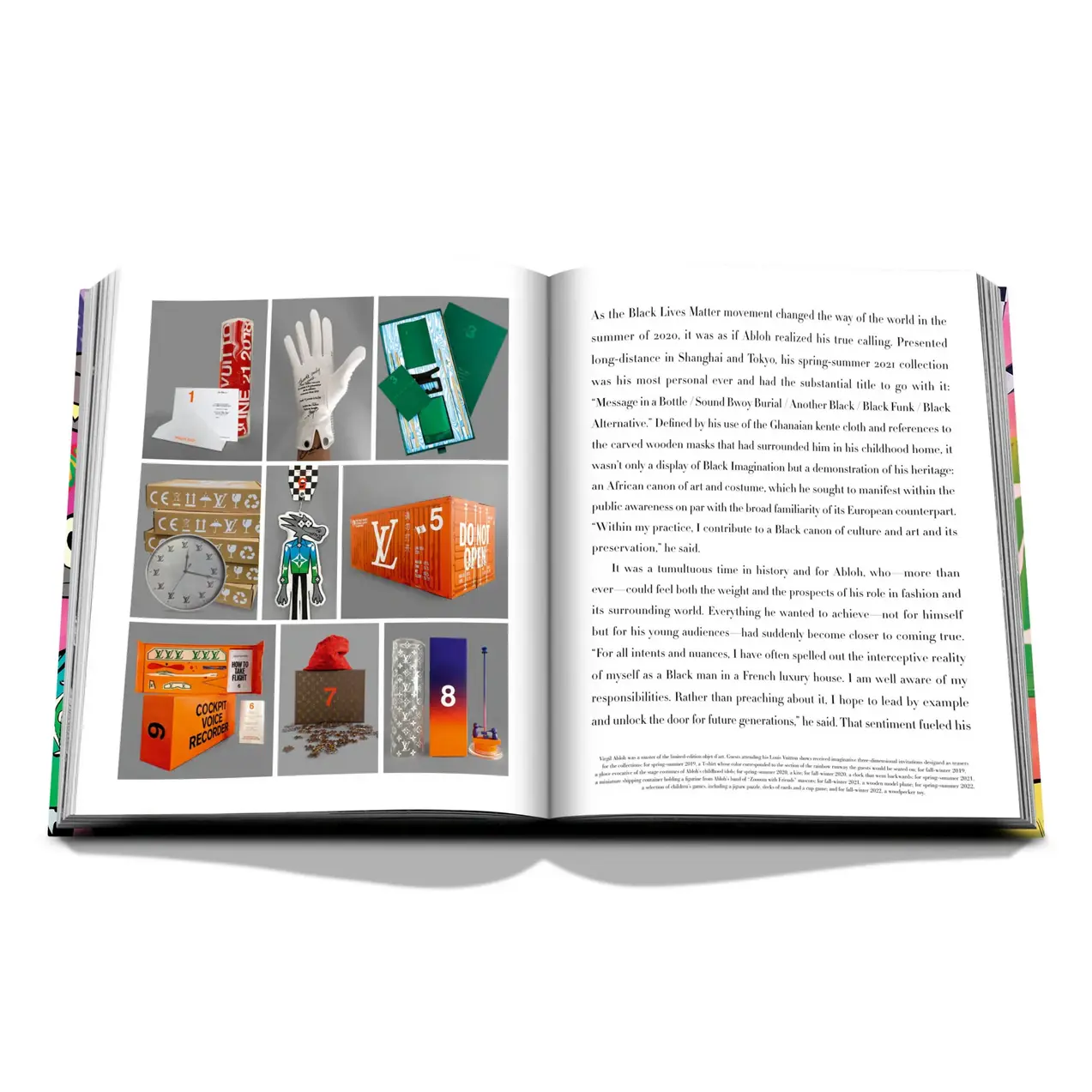
There are countless books on Chanel, but Danièle Bott’s Collections and Creations is among the most intelligent. By organizing the house around five timeless emblems - the suit, the camellia, the LBD, the jewels, and the perfume - she reveals the secret of Chanel’s immortality: it repeats itself, and yet is never the same. Lagerfeld’s sketches and the archival images are a reminder that true modernity lies in discipline, not constant reinvention.
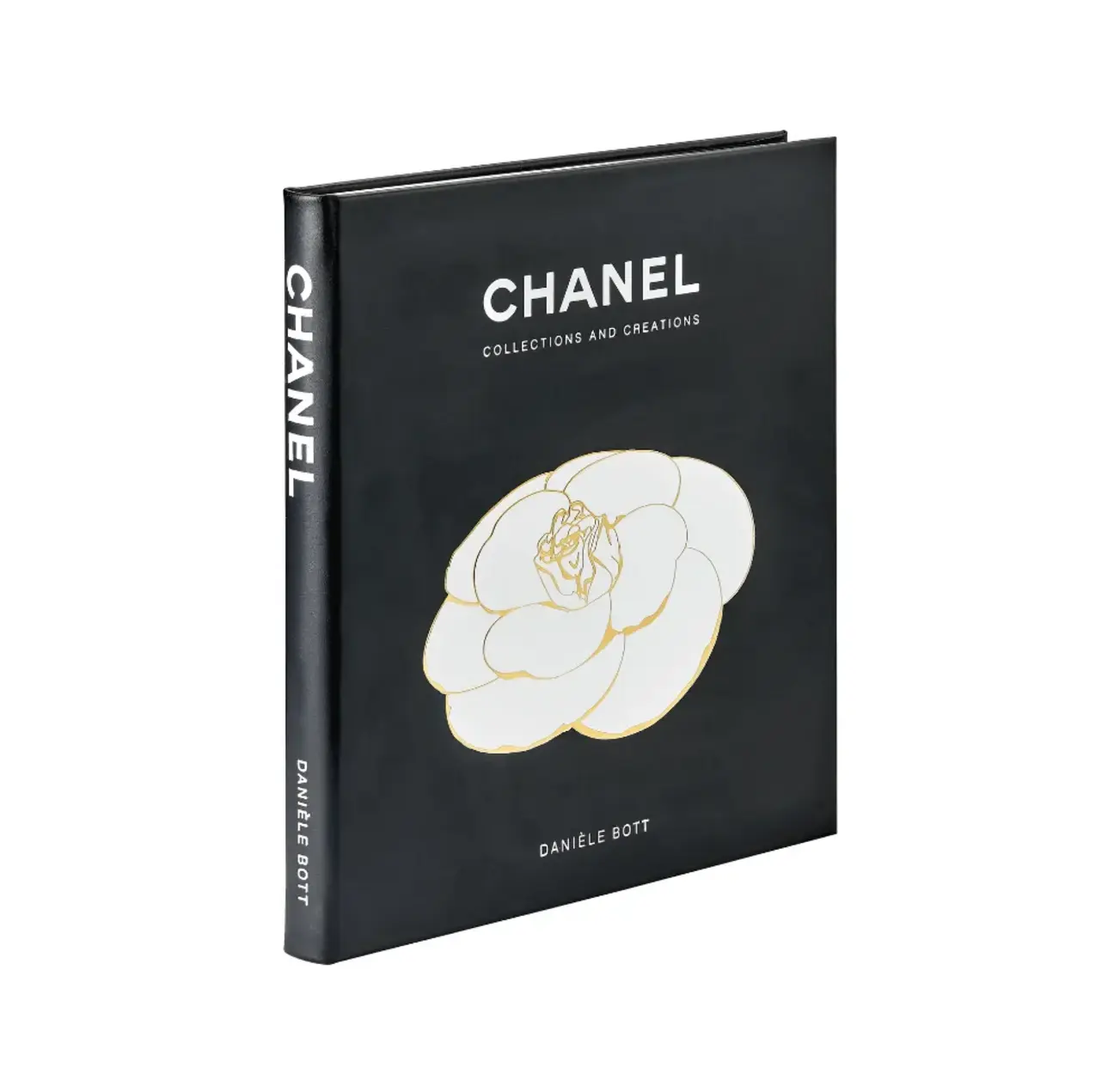
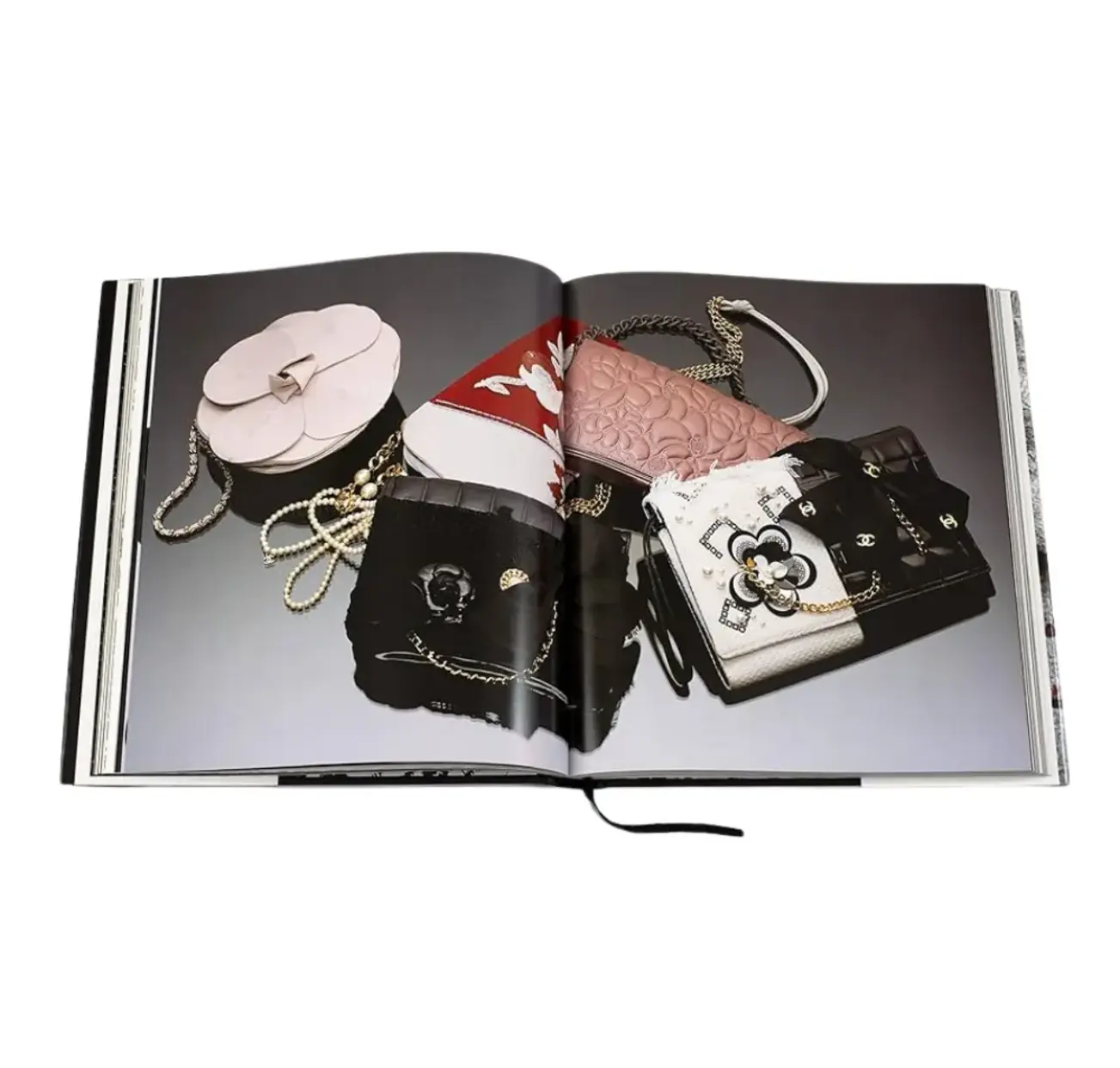
This is curation as love affair. Laurence Benaïm chooses 100 of YSL’s most era-defining pieces - Mondrian, Ballets Russes, Le Smoking - and makes the case that Saint Laurent was not just a designer, but a cultural architect. This book is heavy in every sense: it is printed on museum-quality paper and freighted with reverence. Not one for casual browsing, but an essential pilgrimage for anyone serious about fashion’s canon.


Here’s punk in hardcover. Vivienne Westwood Catwalk chronicles 1,100 looks of rebellion and baroque theatre. It shows that Westwood was not simply an agitator but a technician - a master of drape, cut, and historical quotation. The book’s scale is almost overwhelming, but then, so was Westwood. It’s a fitting reminder that her fashion was never about fitting in.
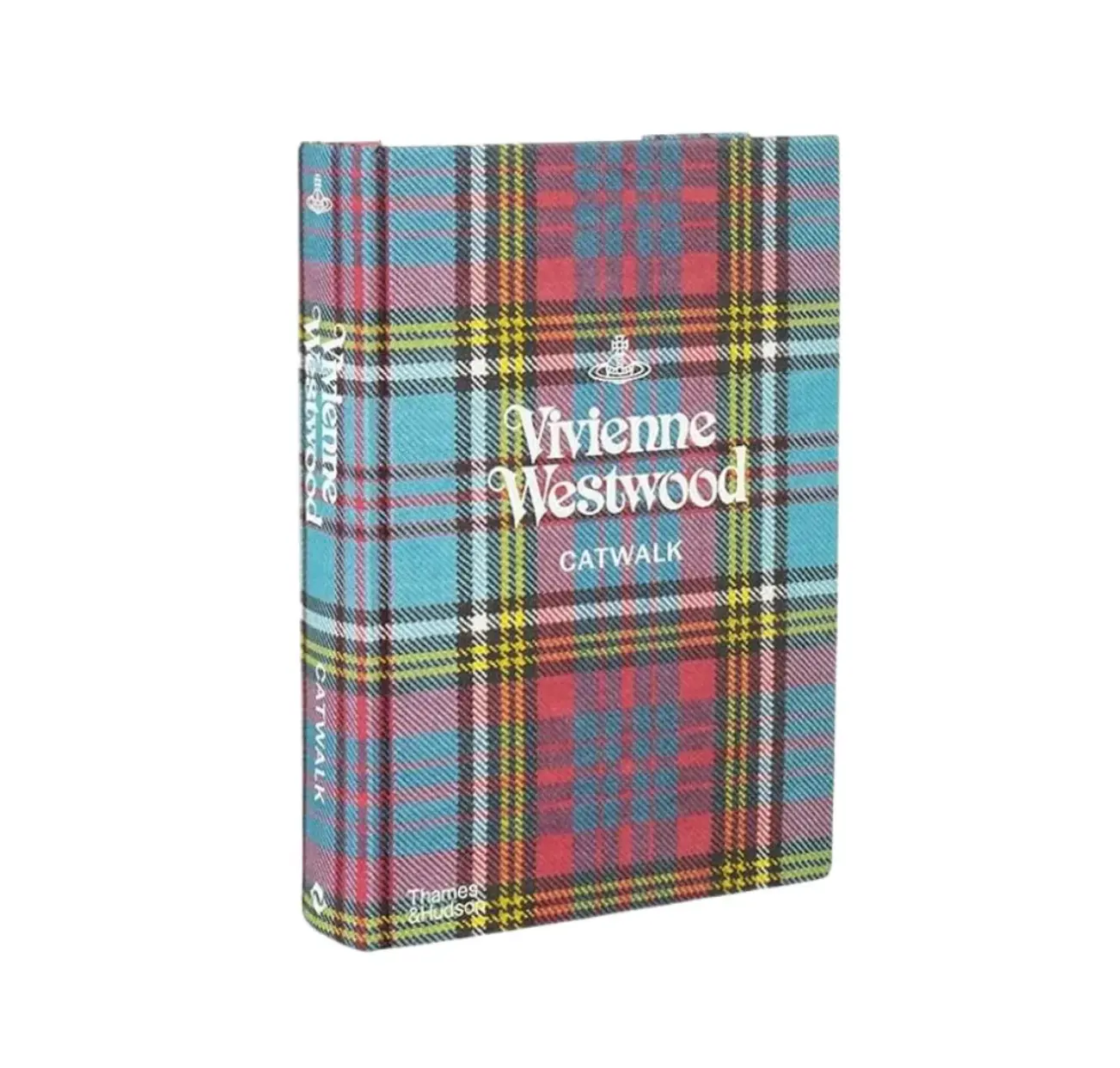

Fifty years at one house - try imagining that today. Fendi by Karl Lagerfeld unpacks an era where Lagerfeld used fur as if it were cloth, reinventing it season after season. Original sketches, logos, interviews - it is all here, and it proves that his real genius lay in longevity without stagnation. This is not a flashy book but a slow-burn study of sustained creativity.
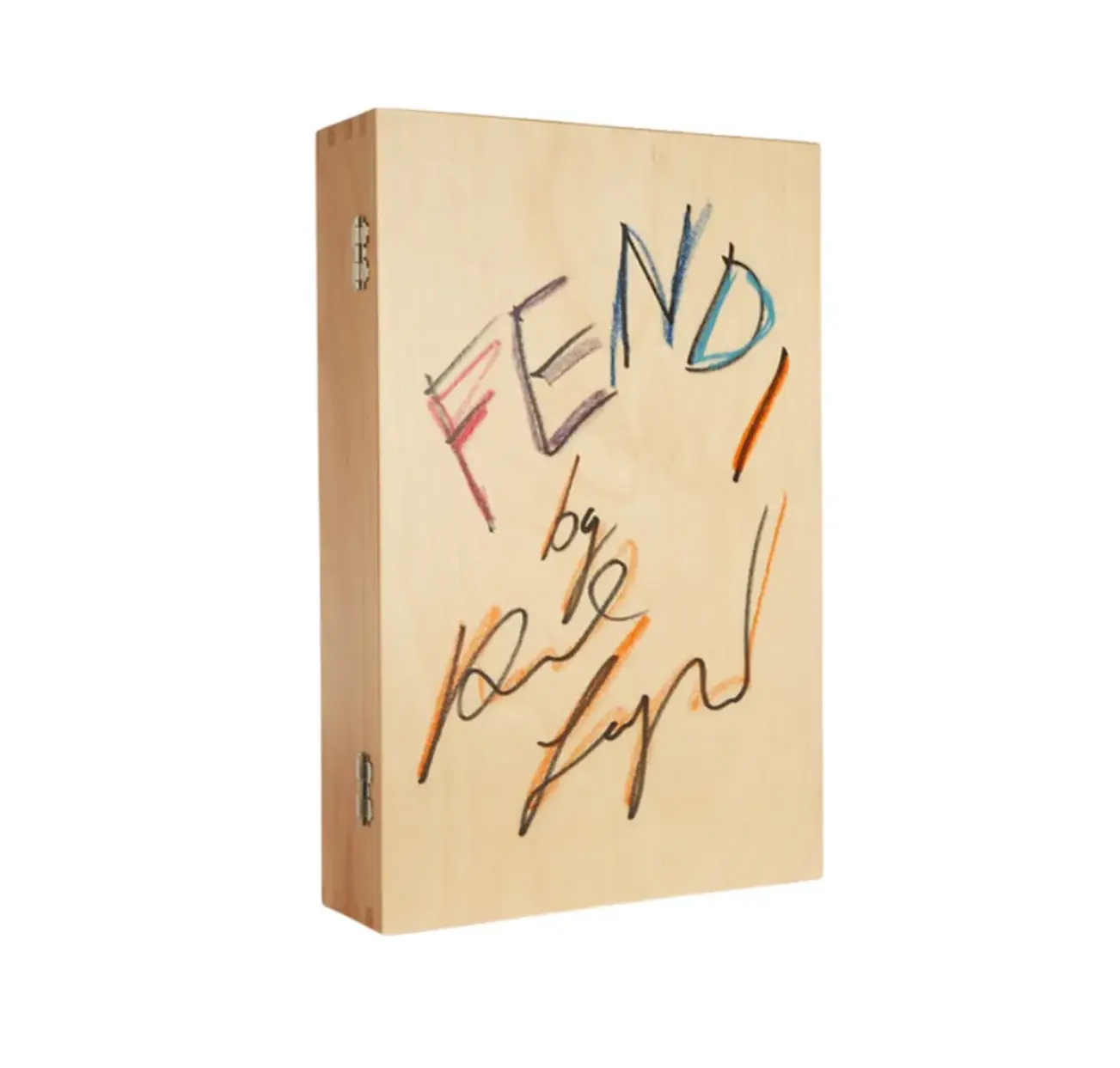
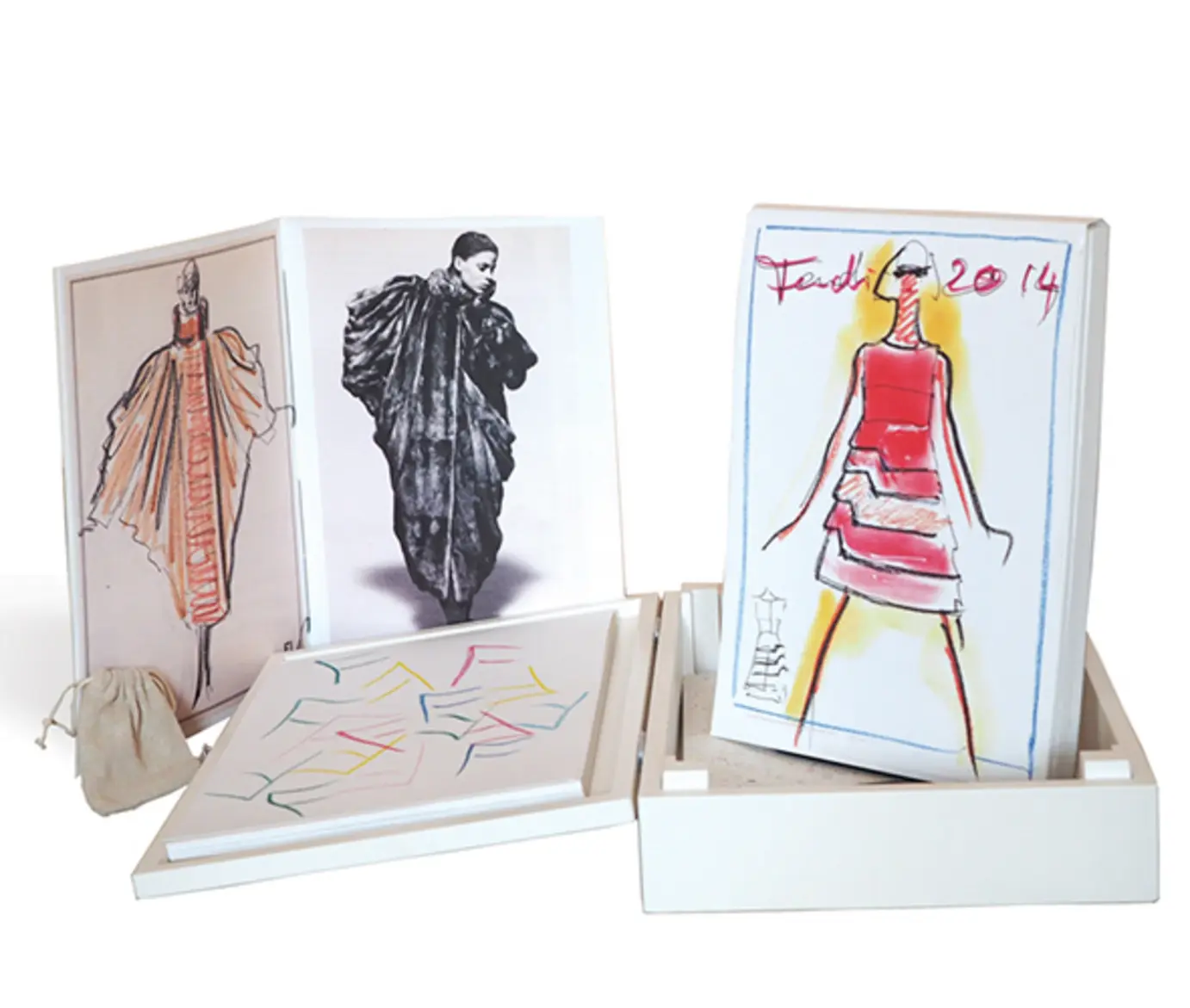
Themes and Variations is Valentino stripped back to its essence - and that essence is elegance. Sculptural gowns, impeccable lines, exuberant florals: every page confirms that Valentino codified an idea of beauty so complete that even his successors hesitate to tamper with it. This book is a reliquary of couture discipline - and a challenge to the over-decorated maximalism of today.
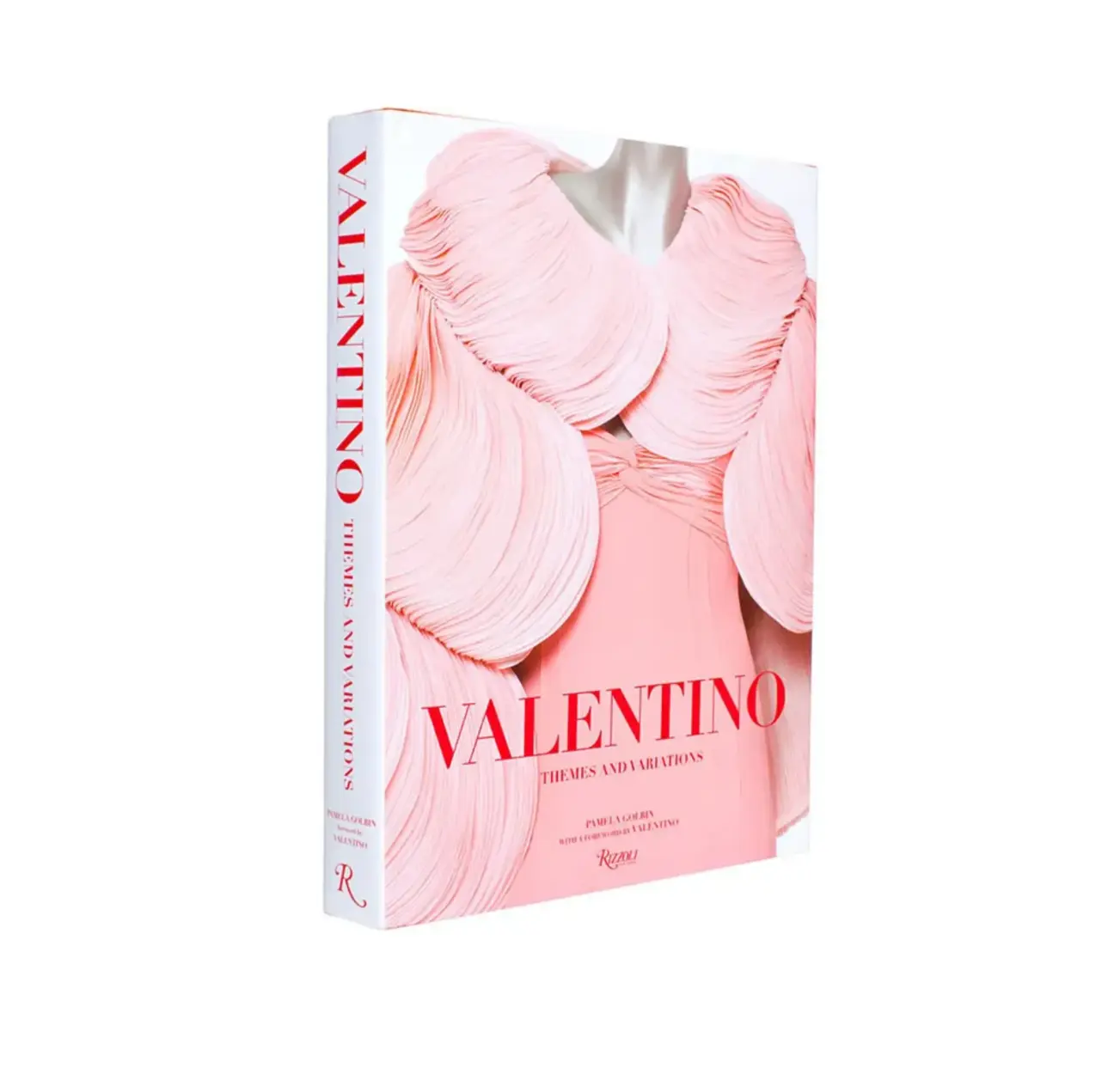
Grace Coddington’s Thirty Years of Fashion at Vogue is a rare thing: an editor’s-eye view of fashion history. It’s as much memoir as it is mood board, with forewords from Karl Lagerfeld and Anna Wintour that hint at the power Grace wielded behind the scenes. From Meisel’s grunge heroines to Penn’s purity, the book reveals that Coddington was the quiet auteur of Vogue’s golden age. It’s a must-have for anyone who thinks the magic only happens on the runway.

